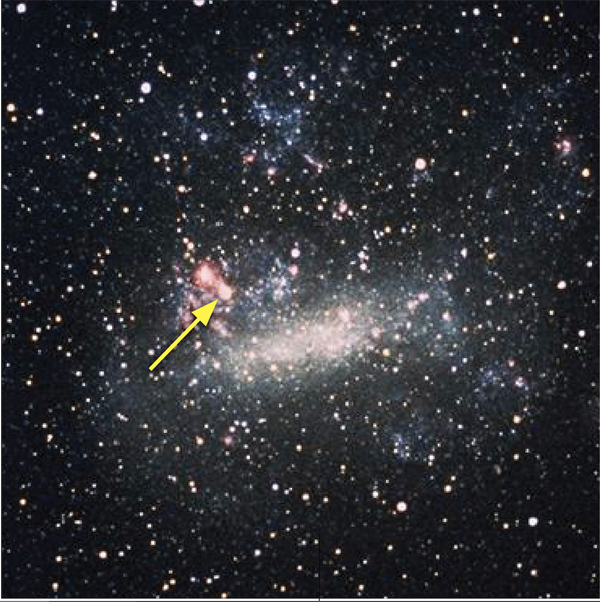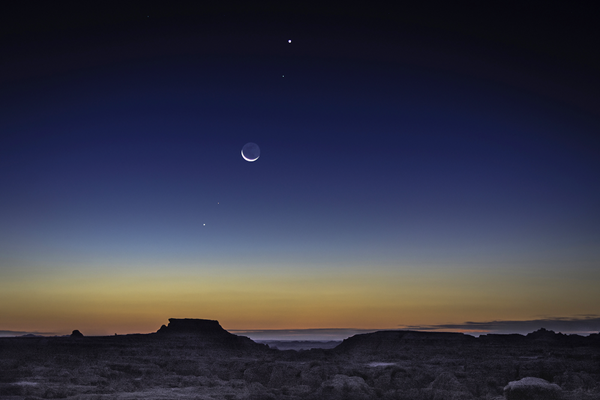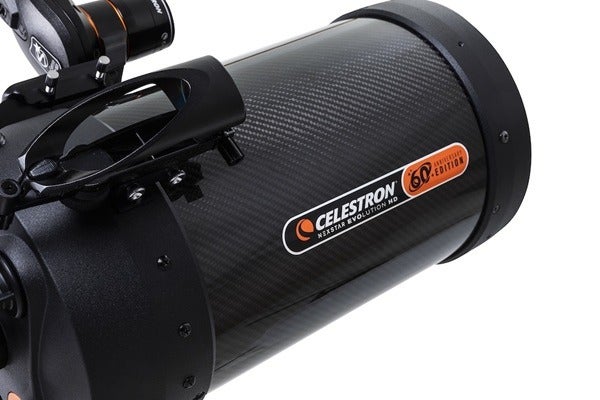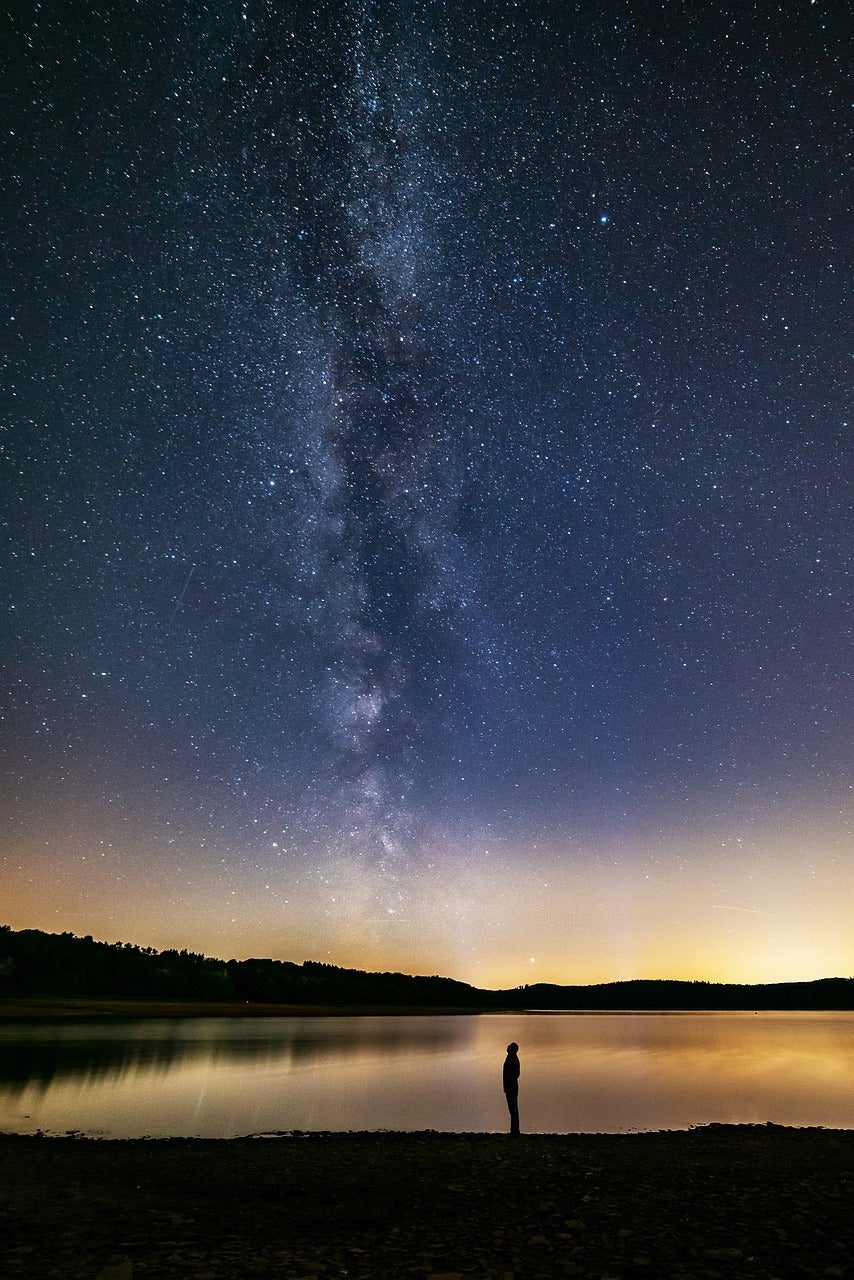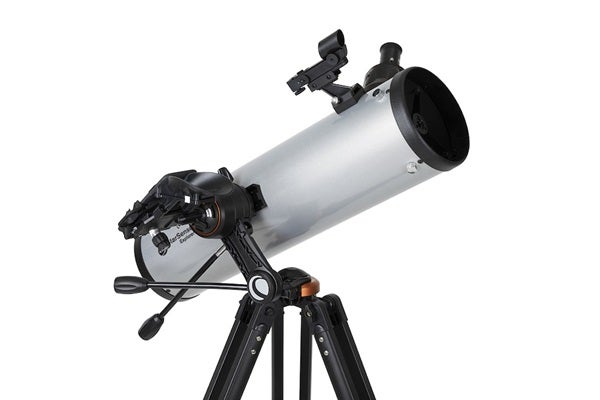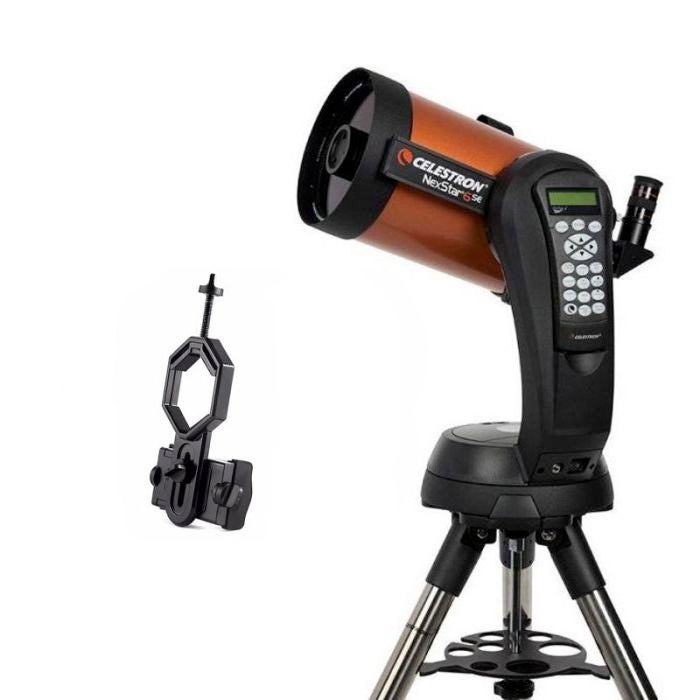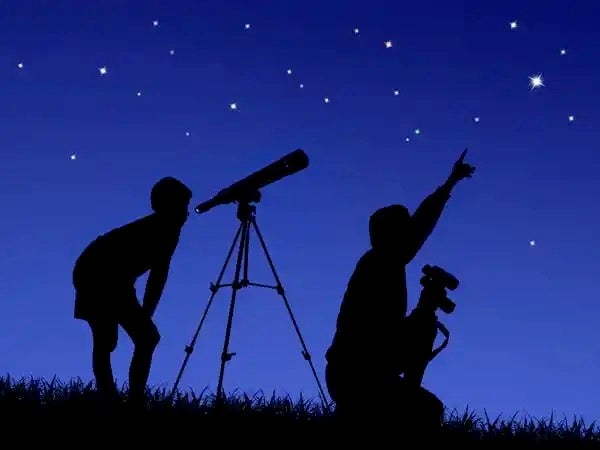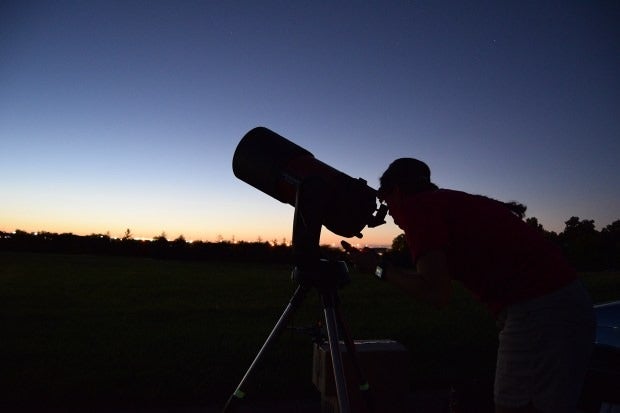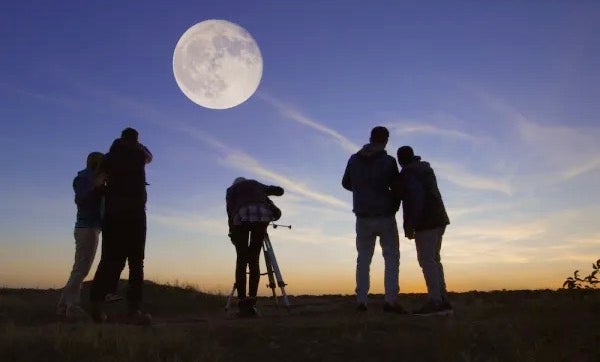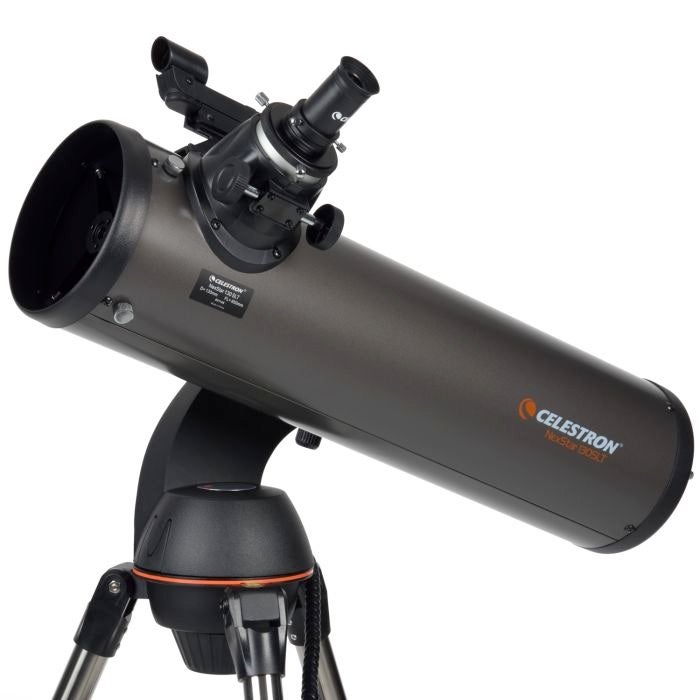First-time celestial events and superlatives are always fun. So this month, let’s scour the history books to uncover some record-holders you’ll recognize — and some you won’t.
Since astrophysicists spend 75 percent of their time doing spectroscopy, who first analyzed light from a distant object using a spectroscope? The answer is Robert Bunsen, whose super-hot burner gave you so many high school memories. One night in 1859, Bunsen and his pal, the electrical wizard Gustav Kirchhoff, saw a neighbor’s house on fire a mile (1.6 kilometers) away. They pointed their newly invented spectroscope at it and saw brief flashes of various colored lines — the now-familiar signatures of elements — as lead or copper pipes got hot enough to contribute to the inferno’s light. The pair then realized they could determine the makeup of the Sun and stars in the same way! Bunsen wrote to a friend, “At the moment I am occupied by an investigation with Kirchhoff which does not allow us to sleep.”
Who was the world’s poorest astronomer? It’s hard to determine the absolute most-broke celestial observer, but John Dobson actually boasted of his poverty and how he’d sometimes sleep inside his telescope. Moreover, his checking account was a reflection of his striking modesty. Once, when he was staying over at my home, he insisted that his invention, the Dobsonian mount that has revolutionized amateur astronomy by offering a non-wiggly, dirt-cheap mounting, didn’t deserve praise at all. “It’s just a lazy Susan,” he insisted — a rotating disk like the kind you keep your salt and pepper shakers on. “Yet people use the term Dobsonian as if this is something groundbreaking.”
Next, let’s tackle an old, nagging issue: Can a celestial body make you cough? A May 16, 1921, article in The New York Times tells how surging voltage caused by the biggest solar storm since 1859 set a raging fire in the New York Central Railroad’s 57th Street and Park Avenue control tower, affecting the surrounding apartment houses enough to cause widespread coughing and choking.
Does insurance cover meteorite damage? What’s your guess? Well, after a 6-pound (2.7 kilograms) meteorite crashed through their Wethersfield, Connecticut, dining room ceiling in 1982, Bob and Wanda Donahue told me that their policy covered everything. It may have helped that they lived in a suburb of Hartford, nicknamed the Insurance Capital of the World.
What’s the scariest observing setup? Near my home inside the Catskill Park, a 700,000-acre (283,300 hectares) mountainous preserve in upstate New York, I’ve twice seen a cougar during my nightly two-minute walk from my house to my observatory. I’ve also seen enormous black bears nearly monthly, except during winter when they’re theoretically asleep. Walking alone at midnight, I swivel a flashlight, looking for glowing eyes. As you can imagine, my observations are often tinged with uneasiness. I’ll bet many of you can easily top my celestial psychodrama, so please send in your story.
Have you ever wondered What the easiest major discovery was? I hang out with telescope operator Oscar Duhalde a few nights a year, whenever I’m in Chile at the Carnegie Institution for Science’s Magellan Telescopes. It was on Feb. 23, 1987, he recounts, while walking from one dome to the next and glancing overhead as he always does, that he saw a star inside the Large Magellanic Cloud. “There’s no star there,” he said to himself. And at that moment, he discovered the brightest supernova in nearly 400 years.
Biggest cosmic rip-off? Twenty-four-year-old astrophysicist Jocelyn Bell Burnell found the first pulsar Nov. 28, 1967. Identifying a new kind of astronomical object should have won a Nobel Prize. And it did — except the Nobel committee solely awarded it to her postdoctoral research supervisor, Antony Hewish, even though it was Bell Burnell who had made the discovery.
What object has the most celestial synonyms? The very first asteroid was spotted the opening night of the 19th century and since then, the number of known asteroids has kept growing. About a thousand were recognized when my parents went to school. This year, we’re up to a million. But hardly anyone seems content with that asteroid label coined by William Herschel. You can also call one a planetoid, although the International Astronomical Union prefers minor planet, while astronauts say meteoroid when a small one whizzes past the International Space Station. The largest is also termed a dwarf planet. Are five names too many?
If so, take heart, because NASA announced last summer that it intends to go in the other direction by eliminating names that might be considered offensive. So our final category is: What names should be eradicated from catalogs? NASA says the Eskimo Nebula will vanish: Starting this year, they’ll only refer to it by its admittedly catchier designation of NGC 2392. Once they’ve eliminated the first four, perhaps we can consider the excess-asteroid-synonym issue balanced out.
No matter how you classify things, this is one strange universe.

